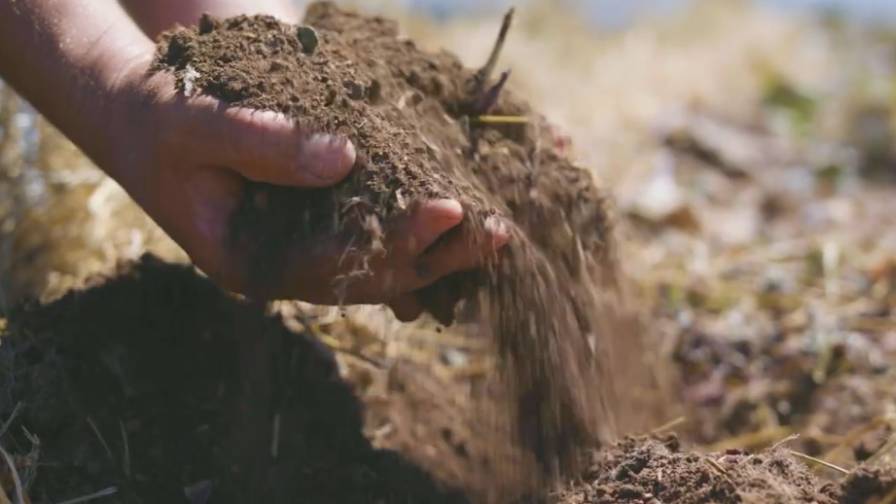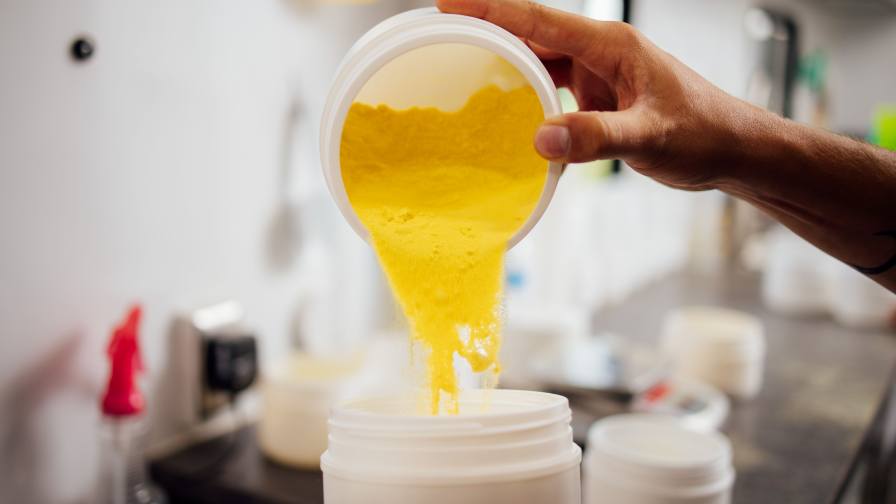Keeping Grain Fresh With Proper Temperature and Moisture Control
Grains are the backbone of the human diet and the most important staple food worldwide. Although you may not think about it often, grain storage is one of the main technologies allowing civilization to flourish. However, grains are susceptible to mold, pest infestation and spoilage if kept in the wrong conditions, threatening human health and the food supply. How do ambient conditions affect cereal storage?
The Benefits of Temperature and Moisture Control
Lower temperatures and humidity can address several issues that affect grain storage. These three pain points are critical for the safety of the harvested product.
Pests
At temperatures starting around 60° Fahrenheit, insects can become a serious problem in stored grain. Once an infestation occurs, farmers must remove the grain — which will typically sell for a lower price — and fumigate the entire bin to prevent further pest outbreaks.
That’s why it’s vital to keep siloes cool. It’s much easier to keep insects out than to deal with them after they damage a grain crop. Operating aeration systems at night when temperatures are colder is ideal.
MORE BY JANE MARSH
Nutrient Loss
High temperatures and longer storage times can degrade the nutrients found in grain. In one study, freshly harvested Basmati rice varieties were kept in a storage facility at different temperatures. At a temperature of 25° Celsius, the rice lost 50% of its antioxidant activity in six months.
The heat also caused a rapid drop in moisture and carbohydrate content. Protein and ash levels remained the same, but the amount of fiber and sugars dropped. The results of this study suggest that storing grain at a cooler temperature isn’t just good for keeping pests and mold at bay — it can also lead to a healthier food supply.
Fungal Growth
Without proper cooling and drying, a grain bin will become damp and heat up to dangerous levels. If the interior temperature starts to rise above 70° F — especially when coupled with high humidity — then mold has a chance to proliferate.
A fungal outbreak can render thousands of bushels of grain unfit for human or livestock consumption, especially if mycotoxins are present. These fungal toxins have caused some of the deadliest food-borne illnesses in human history. For example, between 900 and 1300 AD in France, up to 50,000 people died from eating grains infested with ergot — a potent poison that causes hallucinations and muscle spasms.
Today, thankfully, farmers know how to recognize the signs of fungal infection in a grain bin, so mycotoxin poisoning cases are rare. However, fungal outbreaks still contribute significantly to food waste.
How Does Moisture Enter a Grain Bin?
Although a grain silo is not open to the elements, moisture from the cereal itself can build up in the absence of proper airflow. A temperature imbalance within the grain pile is one of the leading causes of moisture buildup. Differences cause moisture to migrate to the center and top of the pile, developing molds and helping insects reproduce.
Controlling Temperature and Humidity
Farmers use several techniques to prevent grain spoilage. Usually, they store dry grain in a well-ventilated container that’s several degrees cooler than the outside air. A grain chiller can cool the storage facility down.
Aeration is also crucial for preventing moisture buildup. A fan pumps outside air through the grain, helping even out the temperature throughout the whole pile.
Protecting Our Food Supply
Keeping grain in good condition after harvest is a precise science. With careful temperature and humidity control, farmers can store their grain for years without it succumbing to mold growth, pests or loss of quality, helping feed the world’s growing population.










